In early June, following his chaotic removal from power, Imran Khan, the former Prime Minister of Pakistan, warned of a turbulent future for Pakistan, talking about a breakup of the country into three parts. He was speaking about the recent political and civil unrest that has been happening there. With Pakistan’s current situation, his prediction does not sound as fanciful or pessimistic as it would have in previous decades. The country has seen major political and physical conflict between factions, and its economy has suffered immensely.
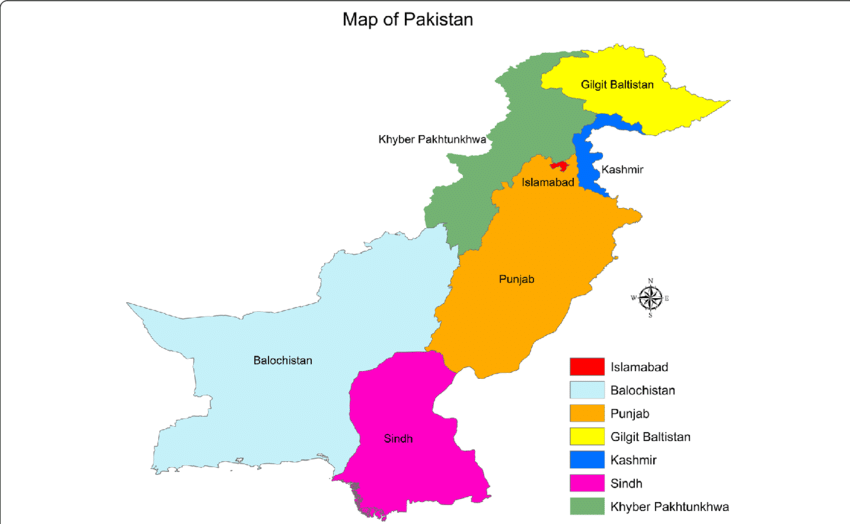
In this context, a significant change like the breakup of Pakistan would have consequences for the entire South Asian region. Moreover, it is essential for South Asian nations to keep a watch on it.
What is Balkanization?
Balkanization refers to the breaking up of a state/country into multiple smaller states or regions often at odds with one another. The term originated in the 19th and 20th centuries, when the Balkans, a region of Eastern Europe which had been hitherto under the singular rule of the Ottoman Empire, divided into multiple different states such as Bulgaria, Serbia, and Greece, among others. A situation similar to this, where hitherto politically unified areas break into different regional actors, is called Balkanization.
Why Pakistan?
The country itself was formed from the breakup of the British Raj. Later, it underwent a secessionist conflict in 1971, leading to East Pakistan (now Bangladesh) splitting away from it. For many contemporary Pakistanis, it is likely, that the mention of balkanization and separatism brings worrisome memories of the secession of Bangladesh.

How Will Balkanization Impact Pakistan’s Neighbouring Nations?
The balkanization of Pakistan will affect all of South Asia, especially India. Hence, it is vital to understand how this could come about and what a broken-up Pakistan could look like. There have already been strong separatist or anti-Islamabad movements in the provinces of Balochistan and Khyber-Pakhtunkhwa. These are ethnically based on Pashtun and Balochi ethnic identities. Apart from this, the Islamabad capital region is divided between the Punjab Province and Sindh Province.
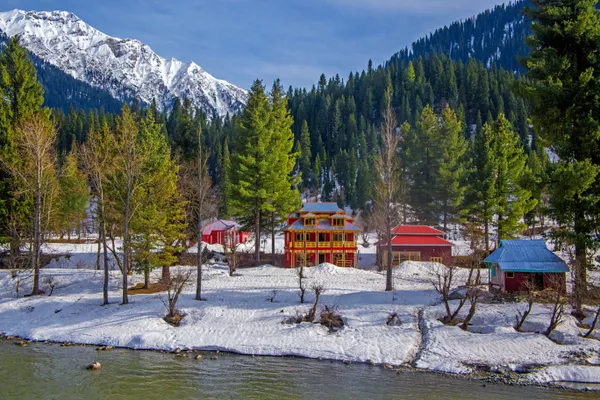
Pakistan also has de-facto control of two areas which it de-facto considers its provinces but are disputed and claimed by India as their territory. These are Gilgit-Baltistan and Azad Kashmir, which India considers Pakistan occupied Kashmir (POK). Pakistan has gained control over these after previous wars with India. Any balkanization would generally happen along these provincial lines. We shall look at each individually to understand their chances of breaking apart and how the results would look.
1. Balochistan
Firstly, the Pakistani province most associated with separatism is Balochistan. This province has seen some form of armed insurgency against the Islamabad government since 1948. The separatism in Balochistan has been chiefly based on ethnic Balochi nationalist lines advocating for a Balochistan independent from Islamabad. Balochi separatists have claimed a distinct identity and have protested against discrimination and economic marginalization from the centre.
This has been in recent times carried out by organizations such as the Balochistan Liberation Army (BLF) and the Pakistani Taliban. The insurgency has not gained too much ground. Nevertheless, it has been a constant presence in the region, creating significant problems if Pakistan becomes more unstable.
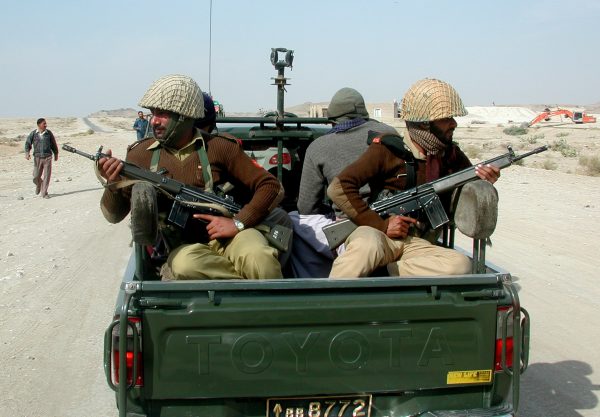
Image courtesy-The Diplomat
In the case of the central government losing authority in Balochistan, the insurgent groups could see a growth in power and personnel, and the provincial government would be hard pressed to fight the insurgency. Due to the presence of different groups with differing ideologies, this would end up in a conflict between relatively secular Balochi nationalist groups such as the BLF and more radical Islamist groups such as Jundallah or the Taliban. Based on current positions, there is no one group capable enough to take over Balochistan in case of an insurgency, which would lead to open warfare.
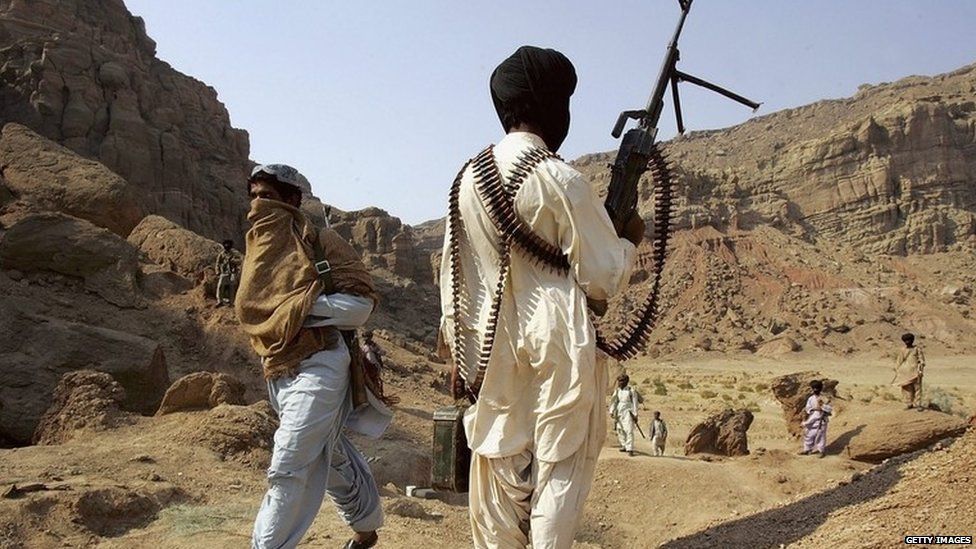
Image courtesy-BBC
Along with this, there is a porous border with Iran which could see Iranian involvement in attempting to position any of the players above the rest. Iran already has to deal with a Balochi insurgency in its provinces of Sistan and Baluchistan. They would be most interested in limiting the damage to their provinces and exploiting any chaos in Pakistan. Iran has previously operated its forces outside its borders in Iraq and Syria for power projection and to protect its interests. There is the potential for this to happen. In the case of the central government losing authority in the region, Balochistan is likely to become a zone of conflict with multiple actors.
2. Khyber-Pakhtunkhwa
Pakistan’s second most vulnerable region, Khyber-Pakhtunkhwa, has had its own separatism and militancy issues. It is the Pashtun-dominated province of Pakistan, an ethnicity which also dominates most of Afghanistan. This ethnic identity has influenced the politics and militancy of the region heavily.
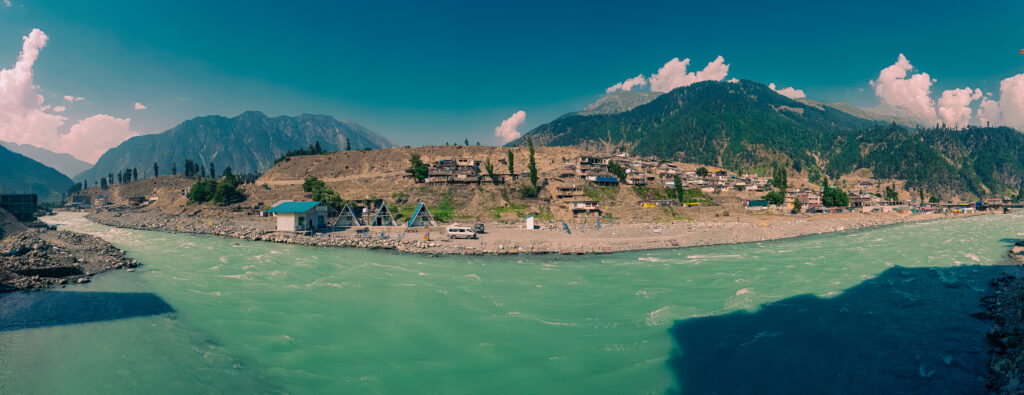
As with Balochistan, possibly even more so, this province’s border with Afghanistan is very porous and sees much exchange. The region, which previously existed partly as the Federally Administered Tribal Areas (FATA), has always been a place where the central government and Pakistani federal system had the least influence. It had been a haven for militancy and rebellion since colonial times. In recent years, it has been a haven for the Pakistani Taliban and organizations such as Jundallah and ISIS (Khorasan Province). This increased even more with the decades-long war in neighbouring Afghanistan, which led to insurgents frequently shuttling across the border.
With the war’s end with a Taliban victory, Khyber-Pakhtunkhwa has become a low-level battleground between the Pakistani Taliban and ISIS (K). Government authority is already weak there. Thus, in the case of a balkanization, this would probably be the first region to split due to its unstable position.

The Taliban surged back to power in Afghanistan in August 2021
Image courtesy-Reuters
If the Pakistani government’s current instability trend continues, insurgent organizations will ramp up their activities. Possibly there would be intervention from Taliban-ruled Afghanistan in favour of their proxies, which are not necessarily the Pakistani Taliban. With relations between Taliban-ruled Afghanistan and Iran being better recently, we could see an alliance of convenience forming to deal with the two regions of Khyber-Pakhtunkhwa and Balochistan. There are not much state governments could do to deal with this.
A Threat to the International Community
A likely path to balkanization can be due to more political instability in the central regions of Pakistan (i.e. Punjab and Sindh), resulting in them losing political control over the outer regions, especially if Iran and Afghanistan sense weakness and act on it. Losing the two regions would lead to Pakistan becoming even more unstable.
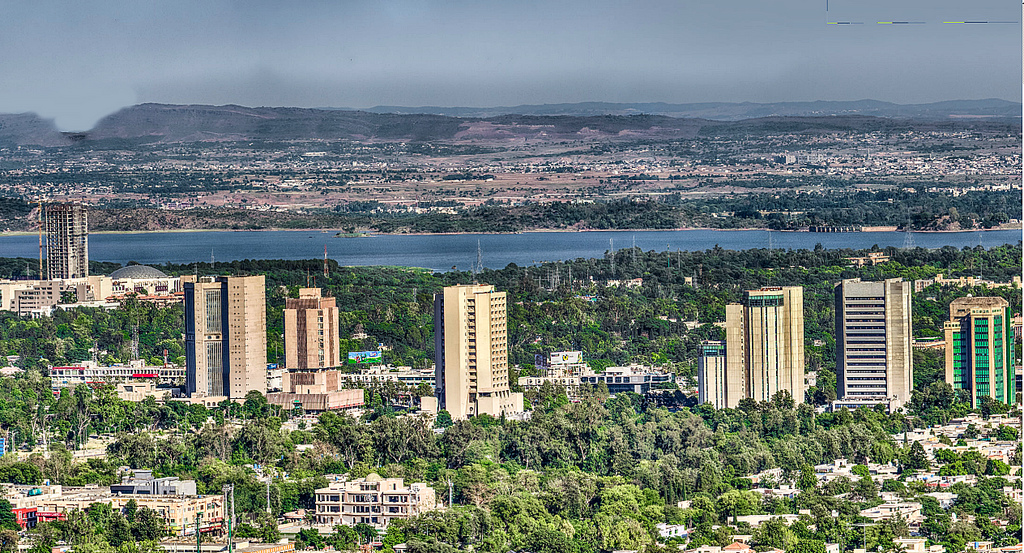
A Pakistan comprised of mainly Punjab and Sindh, without Balochistan or Khyber-Pakhtunkhwa and the resources they entail, would be weak, especially considering the lack of political unity or cohesion in the central government in recent times. This would be quite concerning for a state which controls nuclear weapons. Due to the threat of such instability, a weak balkanized nuclear-armed Pakistan would be a problem for the international community. It may lead to the possibility of foreign-influenced denuclearization like that of Kazakhstan after the dissolution of the USSR.
“For a diverse country with a tumultuous past like Pakistan, balkanization has always been a lingering threat that is now more realistic.”
A weakened balkanized Pakistan might also change the situation in Kashmir and see significant changes to the two Pakistani proxy areas, with their existence without constant Pakistani support being in question.
You may also like:
- The G7 Summit: Implications on the Russia-Ukraine War
- The Kuril Islands: A New Vulnerability in an Already Fragile Region
Conclusion
On balance, if the trend of political instability in Pakistan continues, there is a scope for balkanization. The prospect of such a scenario can have widespread effects on South Asia and even the world, resulting in regional actors scrambling to appraise and act in accord.
About the Author

Among other things in life, the subjects that most interest Prathamesh are History, Politics, and Art. He is an avid reader and writer and an admirer of classical music like Vivaldi and Mozart. He has completed a BA Hons in political science at MIT-WPU in Pune and is aiming to pursue a Master’s in International Relations or Strategic Studies in the future. He loves to read and speculate about geopolitics and international affairs. He intends to apply and improve his understanding of the subject by writing with The International Prism.






